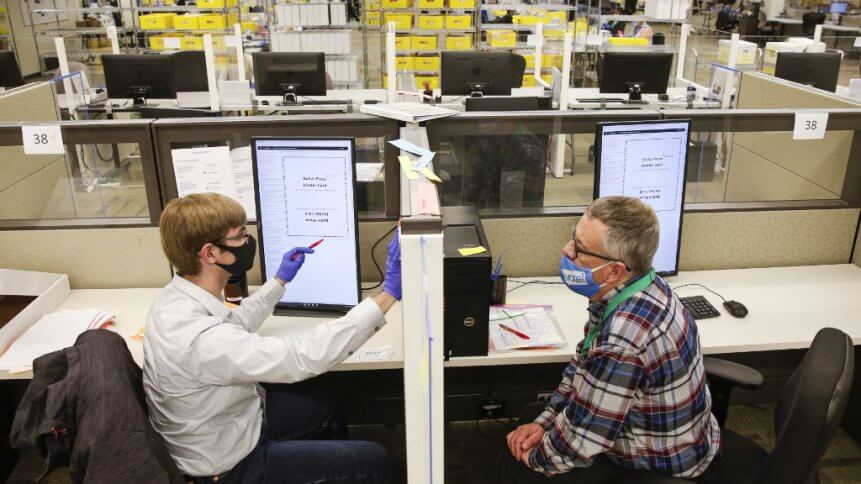
Information silos, organizational silos, the ‘silo effect’, whatever you want to call it – when separate departments or teams within an organization are unable to communicate or share data with each other and that information is trapped, the whole business suffers. This includes the bottom line, especially when a ‘high-definition picture’ of a customer is not readily accessible by all who need it within the organization. And this is happening right now, at a significant number of organizations up and down the country.
To put the problem into numbers, SugarCRM’s recent research found that 50% of sales leaders admit that they cannot access customer data across marketing, sales, and service systems, leaving customer-facing team members without a clear picture of their customers.
This means sales reps are only spending 54% of their time selling, which has led to over half (56%) reporting their customer churn increased in the last 12 months, and almost half (48%) not knowing why customers churned. Therefore there’s a one in two chance the average business is suffering from this problem to a greater or lesser extent. Ultimately, the report found that customer churn is costing mid-market companies an average of £3.9M annually.
In a world where technology was supposed to make the customer experience easier to manage, why are organizations facing this customer relationship crisis? Unfortunately, CX platforms are themselves part of the problem they seek to resolve. Sugar’s research found that 53% of sales leaders are fatigued and frustrated with the CRM admin burden placed on their sales teams. These high-maintenance platforms constantly require feeding, which is taking staff away from actually engaging with customers.
Letting the silos fall
It’s time then, that we let the information silos fall, say goodbye to spreadsheet city, and release the data out of hiding – for the good of the customer, and the organization both. Companies need more preventative and less reactive. But how can CRM systems possibly predict the future when it doesn’t even know what the customer did last year?
By uniting customer data, and identifying and filling any gaps, whilst pairing it with the right technology, business leaders can acquire the intelligence they need to make both vital strategic and tactical decisions. The ultimate aim here is to improve retention, increase revenue, and gain more predictable business outcomes.
YOU MIGHT LIKE

How are customers viewing data privacy?
Knocking down the barriers
Easier said than done though, right? How do you know where to start? I appreciate that CRM systems are often deeply ingrained within a company’s wider systems and processes, and if it was such an easy fix, there wouldn’t be 48% of sales professionals out there believing their systems are unfit for purpose. So here are three key considerations to help you interrogate and improve your systems and ultimately your customer’s experience:
- No blind spots – Be able to instantly see all the relevant information about a customer, including the past, present, and even future (with predictive insights), rather than being limited to piecemeal views of the customer, often siloed across the organization. From a business point of view, you want to see the full picture of that person, to create that long-term relationship. So many CRM systems are unable to look back on a customer’s history. Look at how you can take a sledgehammer to the walls that divide and hold your data back. Remove those blind spots.
- No busywork – Technology should help make people’s jobs easier, not harder. Instead, sales, marketing, and customer services staff are having to manually enter endless customer details, which is taking them away from doing tasks that really make a difference. It’s also opening your organization up to human error. You need to be able to automatically capture data and present it in context to everyone who needs it.
- No roadblocks – You need to build a solution around your needs and workflows, instead of settling for a standard ‘out of the box’ solution with all the standard limitations of not knowing how your business or even your industry works. Once upon a time, this would have been prohibitively costly, but not any more.
Organizations need a clear and unified view of the customer to squash the status quo, make the hard things easier, and deliver a high-definition customer experience (HD-CX). Advanced technologies such as artificial intelligence are now making accurate predictions on the future wants, needs and behaviors of customers, but only if the right foundations are there. AI cannot work miracles and feeding it poor, piecemeal, or out-of-date data will yield similarly imprecise results. Only by having the right technology in place, and letting it do the work, can you deliver the types of experiences customers are craving, anticipate their needs, and secure the company’s future.
Article contributed by James Frampton, Senior Vice President and General Manager EMEA, SugarCRM









